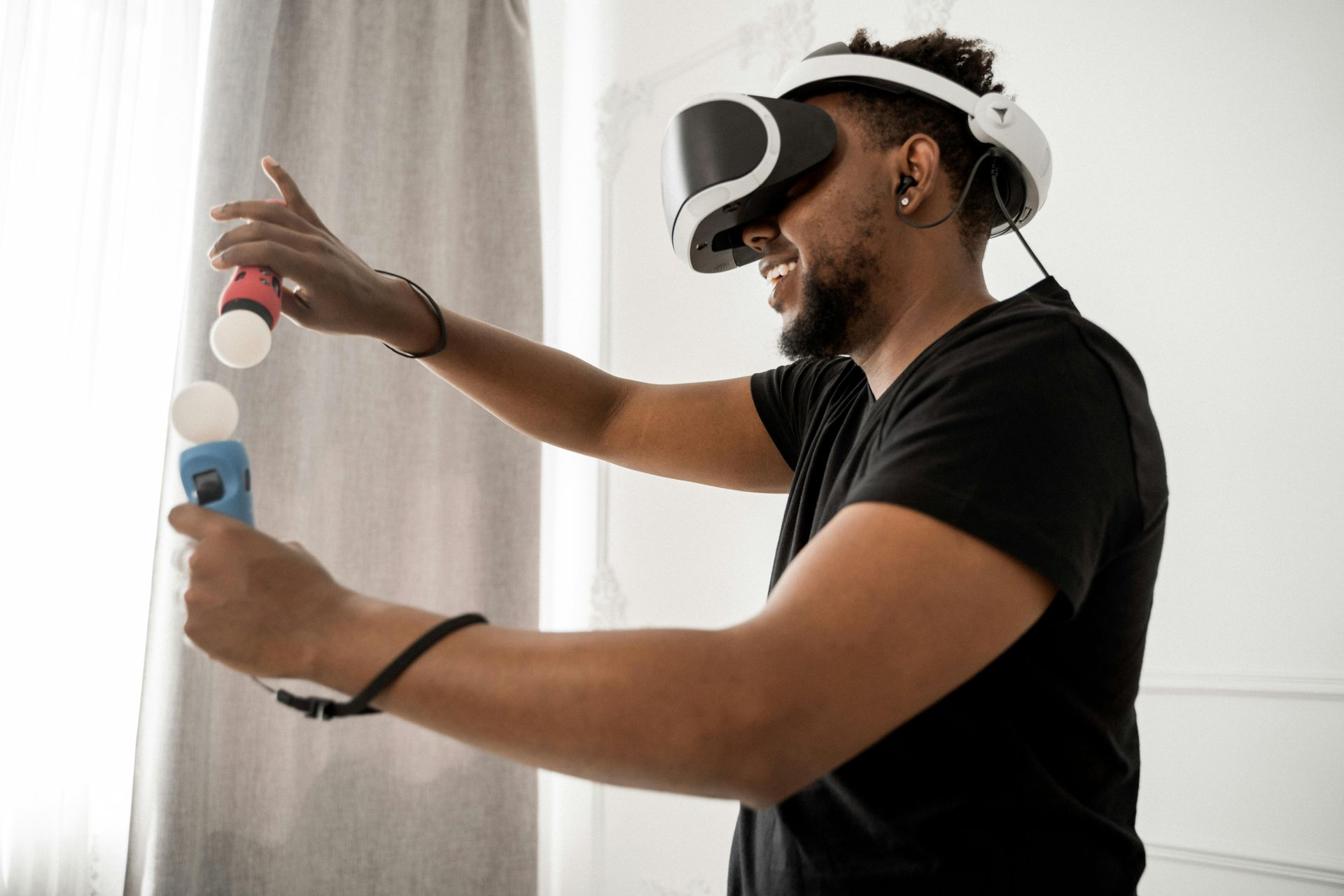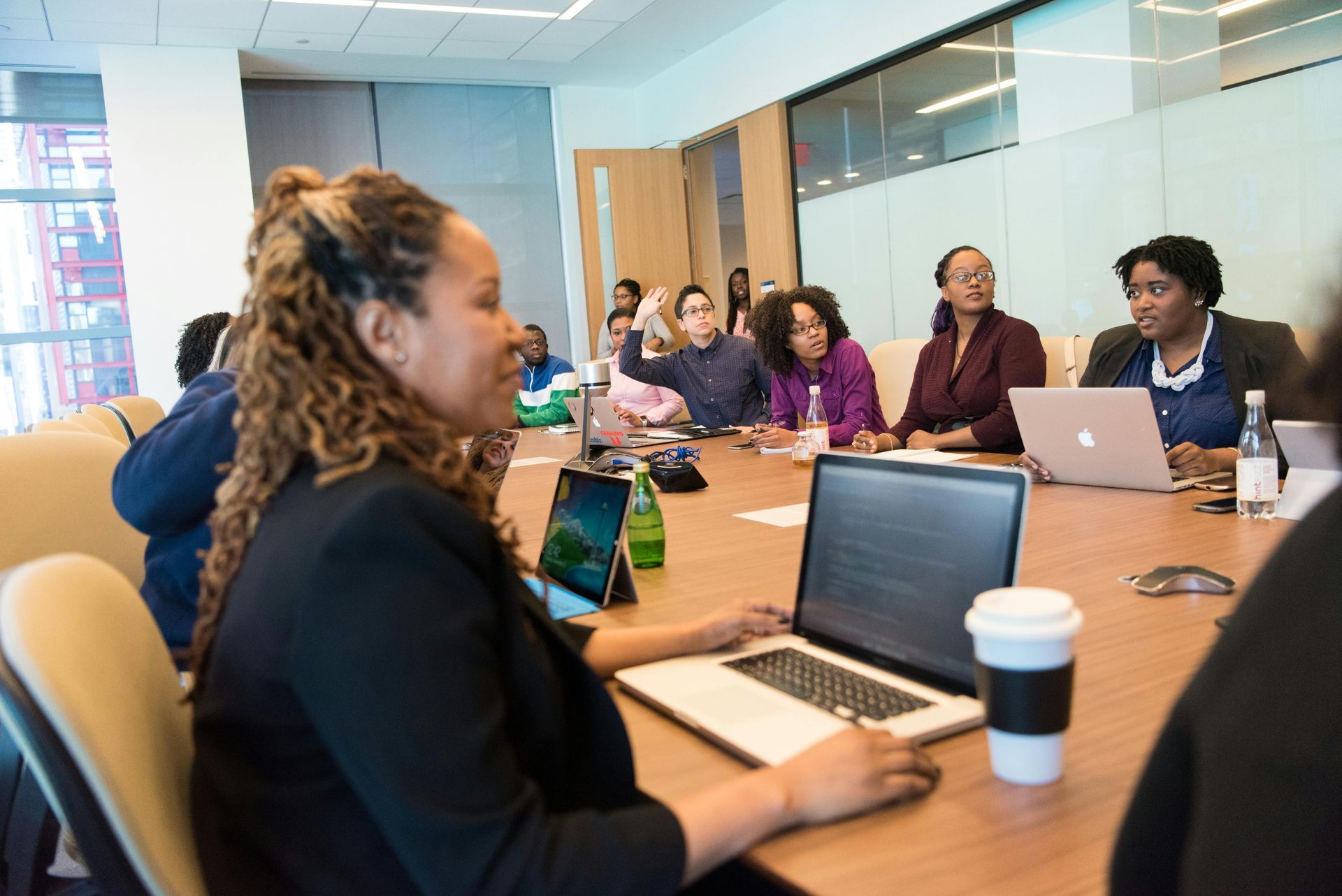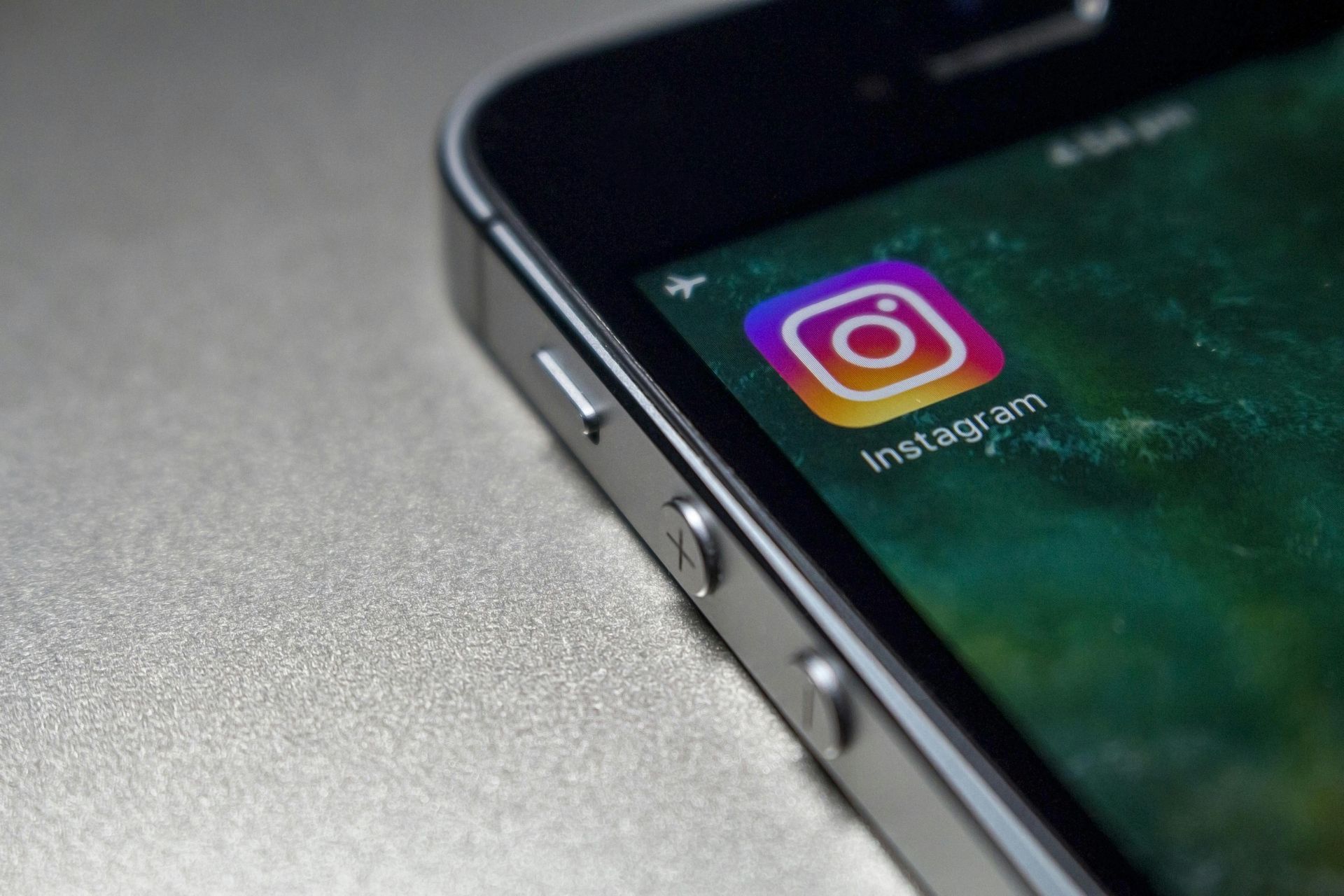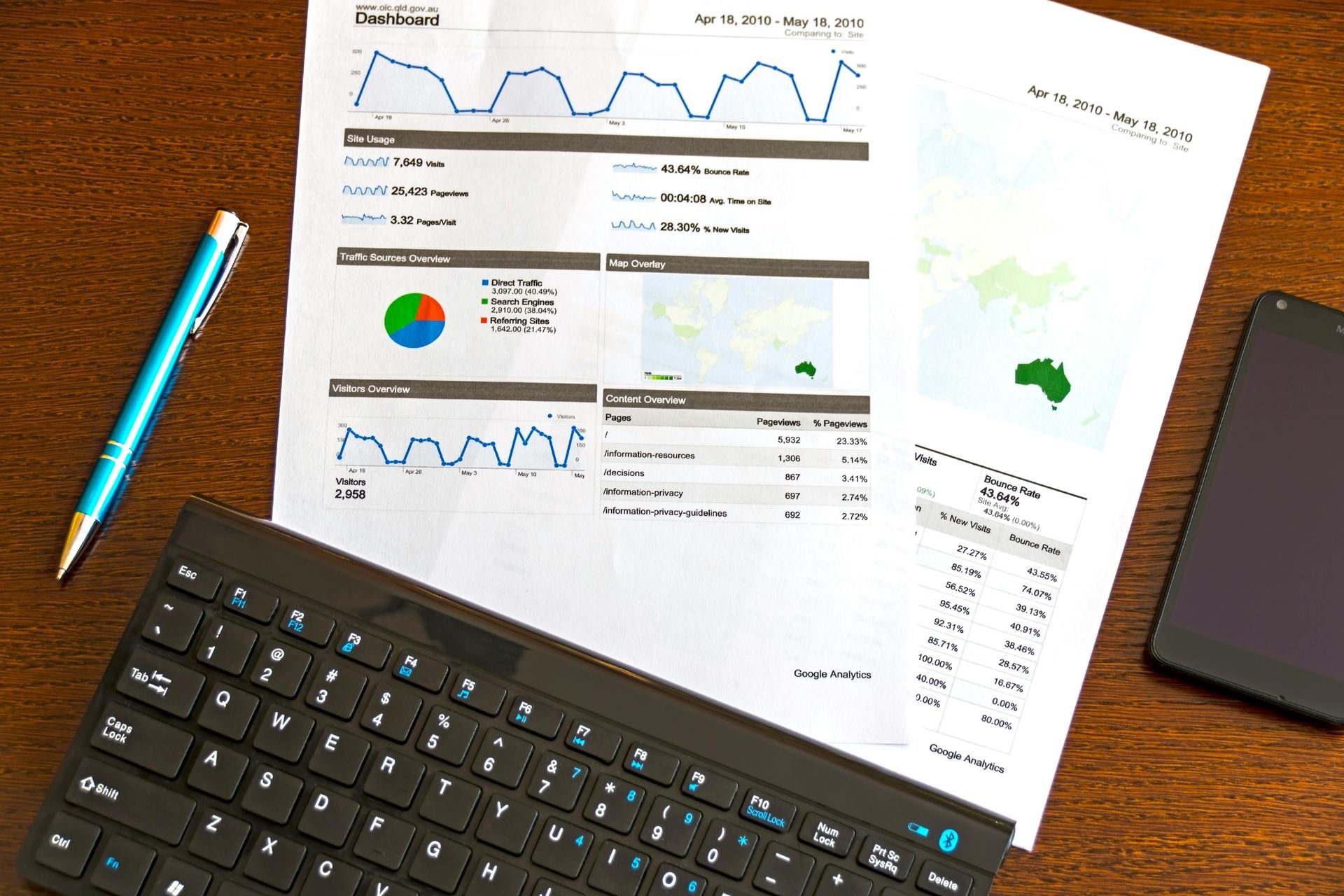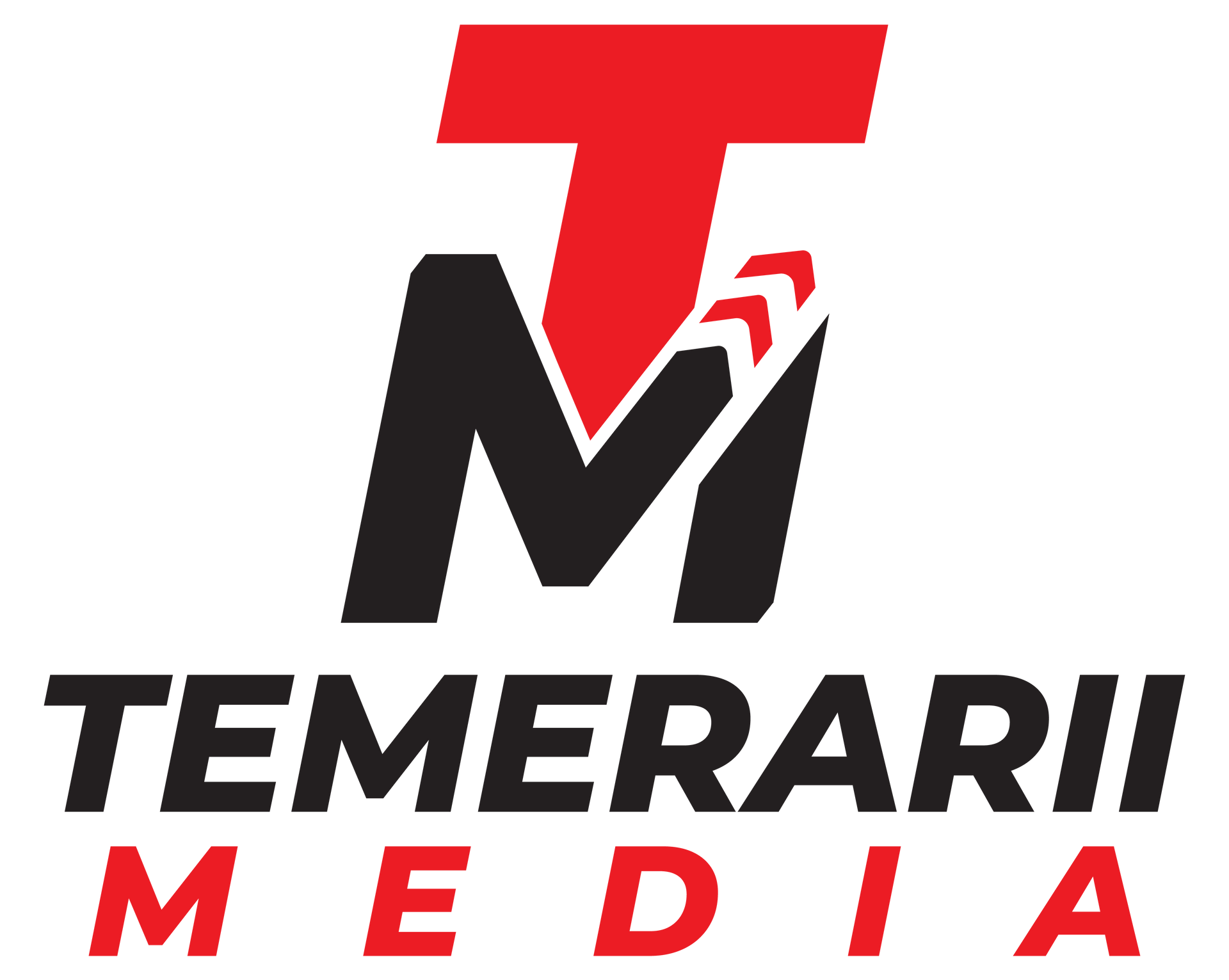Multimedia is the practice of communicating through more than one sensory channel at once. Instead of relying only on text, or only on video, or only on an image, multimedia stacks formats together to create presence. A message might include spoken voice, text on screen, cinematic footage, supporting graphics, and interactive elements a viewer can actually touch and move through. That layered experience matters because people do not absorb information in a single way. Some listen. Some watch. Some read. Some skim. Some want to lean back and be shown. Others want to lean forward and explore. When you combine formats intentionally, you reach more of those people at once and make the message harder to ignore.
In the real world, multimedia shows up everywhere. It’s a product walkthrough built from on-screen screen capture, a guiding voiceover, and animated callouts. It’s a keynote that mixes live presenter energy with cut-in footage, motion graphics, and atmospheric sound. It’s a brand recap video after an event, stitched from handheld phone clips, overhead drone passes, crowd audio, subtitles for social, and a tight hook in the first few seconds to stop scrolling thumbs. It’s also educational. A training module that blends short video lessons, written summaries, diagrams, and light interaction will outperform a static PDF most of the time, because it keeps pulling the learner forward.
At a deeper level, multimedia is not just about keeping attention. It is about credibility. When a brand can show itself operating in motion, in sound, in context, in real environments, it becomes harder to doubt. A still graphic can be pretty. A paragraph can be persuasive. But when someone can watch you work, hear you explain, see other people react, and observe the environment around you, trust starts to build. That is why multimedia content is central in advertising, entertainment, education, investor relations, recruitment, community building, and brand storytelling. It is not just a layer on top of the message. It is the proof that the message is grounded in something that actually happened.
Strategy and Planning for Multimedia Content
Behind strong multimedia work there is always a clear intention. Every piece should answer a simple question: what is this supposed to make someone think, feel, or do. If that question cannot be answered in one clean line, the content is usually unfocused. The purpose could be to generate demand, to onboard a new user, to build trust before a sales conversation, to recap an event for people who missed it, to raise awareness of a specific initiative, or to reinforce that something is active and real. The tighter the purpose, the cleaner the creative decisions.
Audience context matters just as much as purpose. A late-night viewer scrolling social with sound off requires a different format than a stakeholder watching a full-screen presentation at work. A technical buyer wants clarity and accuracy. A lifestyle consumer wants feeling, mood, and aspiration. A community member wants proof they are seen. When planning a multimedia asset, you choose tone, pacing, and structure based on that audience reality. That choice drives everything downstream, including script style, lighting, location, voiceover energy, on-screen text density, and edit length.
Channel planning is another foundational step. Not every format belongs everywhere. A detailed interview might work well as a long YouTube video, but it will need to be cut, captioned, and reframed to land as short vertical clips in social feeds. A drone flyover of a build site might feel cinematic on a website hero section, but that same footage might need specs overlays and voice context to be useful inside a pitch deck. Planning ahead for channel requirements saves a lot of wasted production. It is smarter to design for reuse than to shoot something that only works once.
Good teams also think in terms of versions, not one-offs. A single shoot day can fuel a full campaign if it is captured with intention. Long-form footage can become short reels. Behind-the-scenes audio can become narration. Still frames pulled from footage can become social carousels, thumbnails, or print collateral. Quotes from interviews can become web copy. Event coverage can become recruiting proof, sponsor pitch material, and community storytelling. This mindset turns multimedia into an asset library, not just a piece of marketing that runs for a week and disappears.
Core Formats That Drive Modern Multimedia
Live streaming delivers immediacy in a way nothing else does. Going live collapses the distance between brand and audience. People are not just watching a finished edit. They are watching you operate in real time. That creates trust because it shows you have nothing to hide. Live formats are powerful for launches, demos, walkthroughs, Q and A sessions, community check-ins, and behind-the-scenes access. They are also useful internally, for investor updates or team communication, because they create the feeling of being brought into the room. The raw nature of live content means it does not need to be overly polished to be effective. In fact, overproduction can work against you in that setting. What matters is clarity, control of message, and the ability to guide attention moment to moment.
Photography remains the baseline language of credibility. A great photo is not just documentation. It is atmosphere. Lighting, composition, angle, color temperature, lens choice, and background all communicate who you are and how you operate. Crisp product photography signals quality and care. Honest lifestyle photography shows real usage and real experience. Strong event photography captures energy and belonging. Consistency in photography style becomes part of the brand, just like a logo or color palette. When every photo feels like it belongs to the same world, recognition increases and trust follows. When visuals are mismatched, dull, or obviously stock, audiences sense that gap immediately.
Scripted narrative sits under almost every video that performs well, even if the viewer never hears a traditional voiceover. Screenwriting for multimedia is not just film dialogue. It is structuring the message in a way that hooks early, builds tension or curiosity, delivers a core point, and lands cleanly on a call to action or a closing impression. Without structure, video drifts. With structure, video respects attention. A script also protects the goal. If the point is to get someone to understand one offer and take one next step, the script keeps the team from wandering into side routes that dilute that outcome.
Aerial drone content has changed expectations for physical storytelling. A single overhead pass can establish location, scale, activity, and momentum in seconds. Construction progress, outdoor events, facility tours, hospitality, real estate, tourism, logistics, agriculture, automotive, and outdoor brand storytelling all benefit from that perspective. Drone footage makes the environment part of the narrative. It says this is not theoretical. This place exists. This operation is running. This project is moving. That said, drone work is not only about sweeping cinematic shots. Sometimes the most valuable drone clip is a slow, steady, elevated angle that documents detail with perfect clarity for later review. The point is intentional use, not novelty.
Interviews and discussions remain one of the most effective trust-building formats because they introduce an unfiltered human voice. When a founder explains why they built something, when a client shares what actually changed for them, when a subject-matter expert breaks down a complicated topic in plain language, the audience is given permission to believe. That belief matters more than any slogan. The raw footage from interviews also becomes extremely reusable. Pulling short, high-impact moments and reframing them with captions and light graphic framing turns long honest conversation into high-performing short clips for distribution.
Commercial advertising content blends story and persuasion. This is where brand and offer meet. A commercial cannot just be beautiful. It also cannot just be literal. It needs to hold attention, transfer a feeling, communicate value, and guide the viewer to care about something specific. Pacing, music choice, voiceover tone, motion graphics, and on-screen text are all timed to match audience behavior in the channel where it will appear. A broadcast spot, a YouTube pre-roll, an in-store loop, and a vertical paid placement on social all obey different attention patterns. The best commercial assets are built with those realities in mind rather than cut down from a single “master” without respect for context.
Event coverage closes the loop by showing proof of life. When you document an activation, a conference, a private dinner, a community build, a live experience, or a milestone moment, you are not just creating recap content. You are capturing evidence that the brand is doing real work in the real world with real people. That proof becomes sales collateral for future sponsors, outreach material for future partners, and a belonging signal for future attendees. It also becomes internal morale fuel. Teams do better work when they can see themselves in motion and understand they are building something that lives beyond a slide deck.
Distribution and Delivery
The way multimedia is distributed is just as important as how it is made. A message that lands well on a website hero may fall flat inside a social feed if it is not reframed. Attention windows shift by platform. On social, you have seconds to earn a stop. On a webinar, you might have an hour if the value is strong. On a trade show display screen, you have movement and color but no audio. On a sales deck viewed on a laptop, you have room for clarity, proof, and controlled pacing. Smart distribution respects those constraints instead of fighting them.
Accessibility should always be part of delivery planning. Viewers scroll with sound off. Captions are not optional. Subtitles are not only for people with hearing challenges. They are for anyone watching discreetly in a place where they cannot play audio. Alt text on images, readable contrast, and clear on-screen labeling also matter. Accessibility is both an inclusivity practice and a performance lever because it widens the usable audience for the same content without additional production cost.
Technical performance matters in distribution as well. Large video files that buffer and stutter lose viewers. Images that are not optimized slow down page load and quietly hurt conversion. Interactive pieces that do not scale to mobile become frustrating instead of impressive. Preparing assets in multiple resolutions, compressing without destroying clarity, exporting in web-friendly formats, and testing playback across devices are practical requirements, not afterthoughts. The goal is smooth delivery so the message is the focus, not the friction.
Repurposing should also be intentional. A single keynote can turn into a long-form replay, a short teaser, a quote graphic, a podcast-style pull, an internal training clip, and an investor highlight reel. A live stream can become evergreen onboarding content. A customer interview can become a testimonial for the site, a credibility slide for a pitch deck, and a short paid ad. Planning for that level of reuse upfront maximizes the return on the time, energy, cost, and coordination that go into capturing good footage in the first place.
Production and Technical Considerations
Strong multimedia work feels clean, confident, and inevitable, but that effect comes from thoughtful execution behind the scenes. File formats, capture quality, audio treatment, lighting decisions, flight clearances, location permissions, release forms, music licensing, and backup discipline all matter. If any one of those pieces is ignored, the content either cannot ship publicly or becomes a liability later.
File formats and export settings control a lot of downstream usability. Video often needs multiple versions for different channels: a high resolution master for archive, a compressed social-ready version, a vertical crop, a landscape crop, and a square crop. Audio may need cleanup to remove room noise, hum, or echo so that voices sound present and trustworthy. Graphics should be delivered in layered formats so they can be updated without rebuilding an entire sequence from scratch. Photography should be captured and archived in high resolution but also delivered in web-optimized sets so teams can actually use it without slowing every page they touch.
Compression and optimization are constant tradeoffs. You want speed and smooth playback, but you do not want the asset to look cheap. Choosing the right codec, bitrate, and resolution for the right channel protects both quality and performance. This is especially important for users on mobile networks and for sites that need to load quickly to convert traffic without drop off.
Copyright and usage rights are not abstract legal details. They are operational boundaries. If you use music you did not license, footage you did not secure permission for, likenesses of people who did not agree to be featured, or logos that imply partnerships that do not exist, you are creating risk. That risk can lead to takedowns, legal friction, reputation damage, or loss of trust with partners. Responsible production teams collect releases, secure usage terms, log what was captured where, and organize assets in a way that answers any future question about whether that clip is cleared for public use.
Storage and asset management matter long term. If you shoot something today and cannot find it six months from now when you need to build a deck for an investor or a reel for a sponsor, you lose compounding value. Organized libraries, consistent naming, and thoughtful archiving practices quietly save time, reduce stress, and protect past work from disappearing.
Multimedia as Proof and Leverage
Executed well, multimedia becomes more than content. It becomes evidence. It shows investors that progress is real, not theoretical. It shows customers that you are not just making claims, you are doing the work. It shows partners that you have presence, community, and momentum. It shows potential hires that your world is alive, not stale. It gives internal teams pride and clarity around what they are building.
That proof creates leverage. A brand with strong, consistent multimedia presence feels established, even if it is still in an early stage. A service provider who can show high quality documentation of their process, their team, their clients, and their outcomes stands apart from competitors still relying on generic brochures. A company that shares well-structured educational content gains authority without having to beg for attention. A community-driven organization that captures and shares the energy of its events becomes magnetic. People want to be part of things that feel active.
Multimedia is also a hiring tool, a retention tool, and a fundraising tool. It can warm leads before the first sales call, making those calls more productive. It can help people self qualify, which saves time by filtering out those who are not a fit. It can accelerate onboarding by giving new clients or new users guided walkthroughs instead of leaving them to figure things out alone. It can show receipts in negotiations. When someone asks whether you can handle scale, you can show them. When someone asks whether you understand the audience, you can show them. When someone asks whether you deliver what you claim, you can show them.
The most important mindset shift is this: multimedia is not decoration. It is infrastructure. It is how you record, communicate, scale, and prove. It is how you build trust at a distance. It is how you collapse excuses from people who are on the fence. It is how you give shape to what you are building so that it moves from words to reality in the mind of the viewer.
Closing Thoughts
The demand for multimedia is not driven only by algorithms and platforms. It is driven by how people make decisions now. People expect to see, hear, and feel what they are being asked to believe. They expect access. They expect clarity. They expect proof. Teams that treat multimedia as a core discipline are able to deliver that proof with confidence and repeat it at scale. Teams that treat multimedia as a last-minute add-on tend to disappear behind those who are doing the work in public.
Every clip, every frame, every recorded conversation, every overhead shot, every live stream, every recap, every designed graphic is contributing to an archive of credibility. Over time, that archive becomes an asset that keeps working even when you are not in the room. It speaks for you. It wins for you. It travels for you. It opens doors that cold outreach alone struggles to open.
This is why multimedia sits at the center of modern communication. It is not just content. It is presence. It is proof of life. It is the record that you are real.





